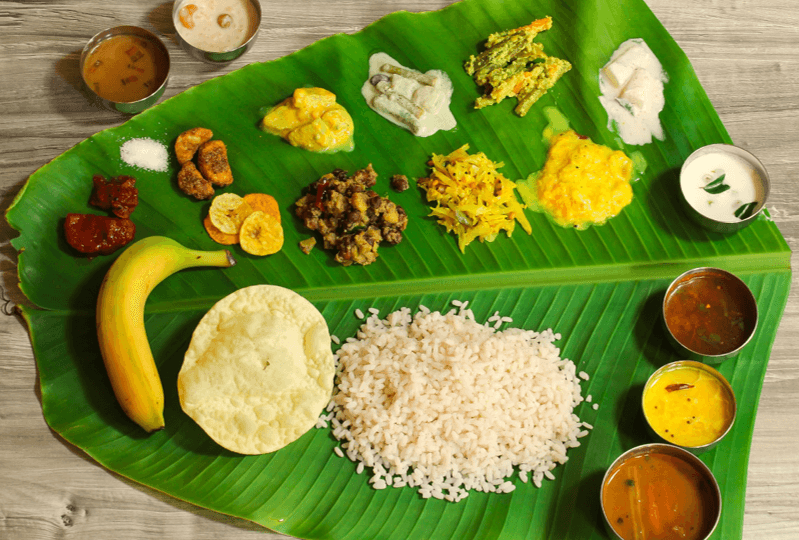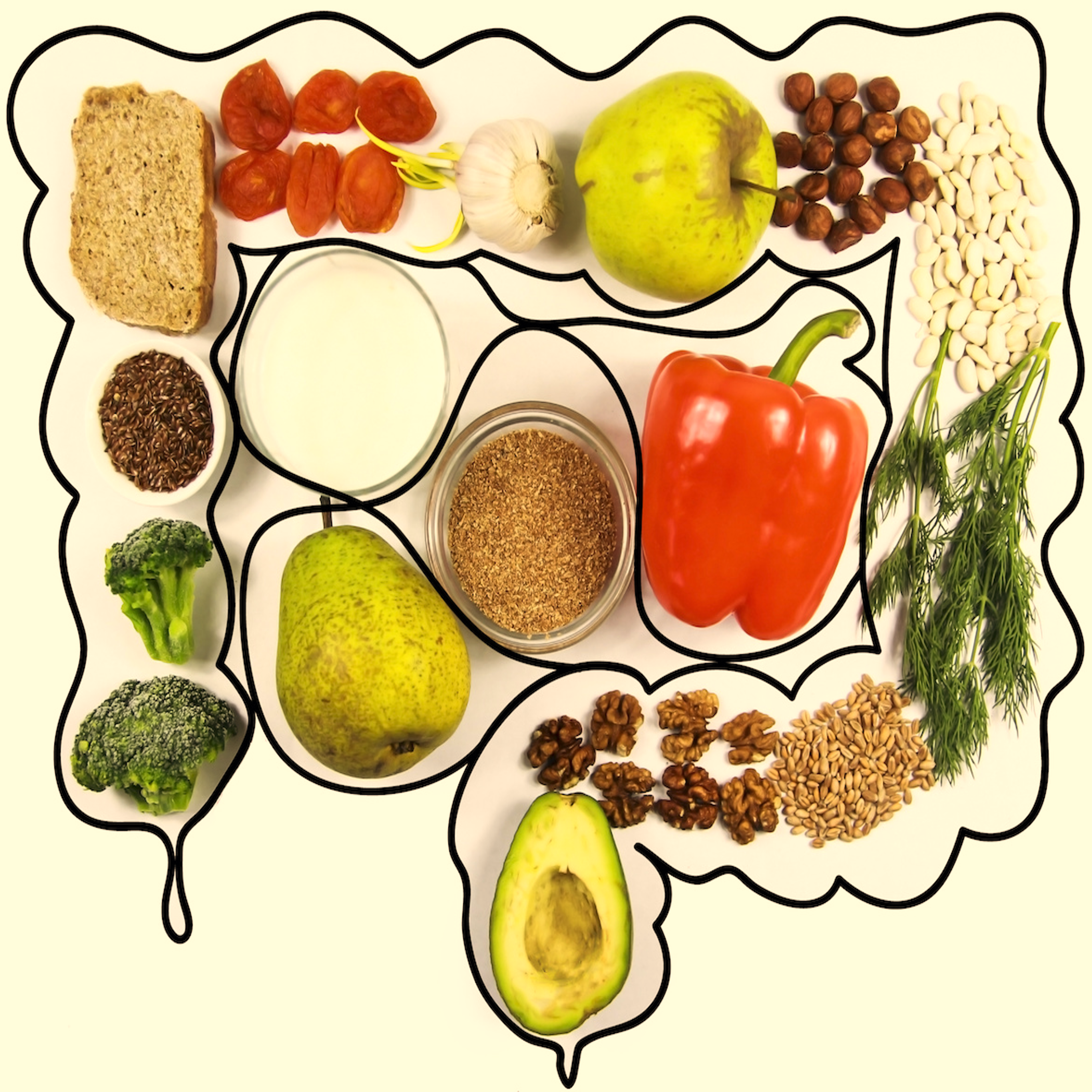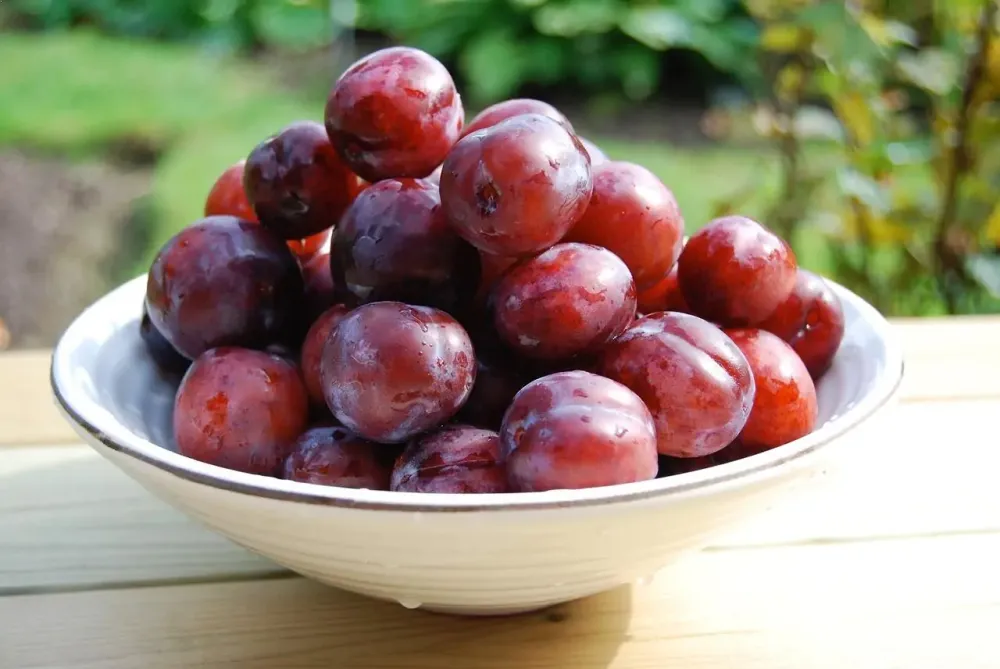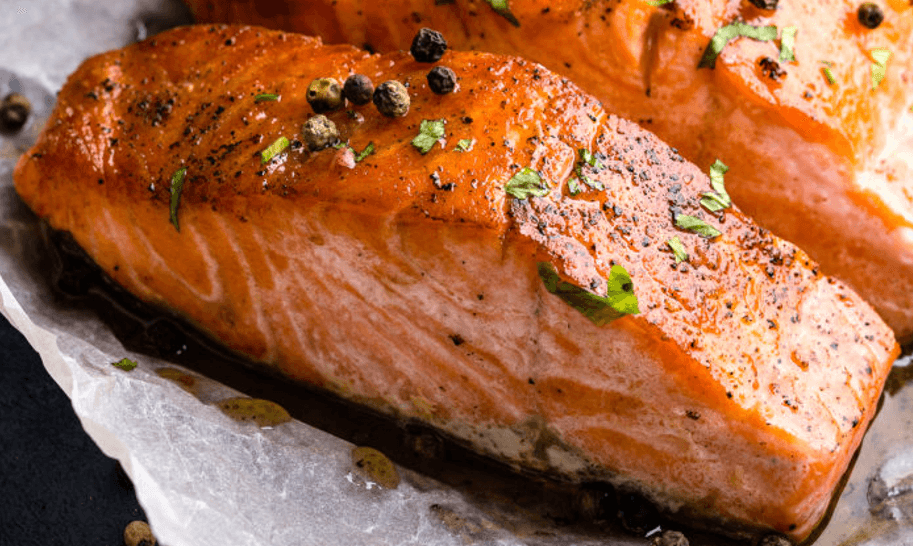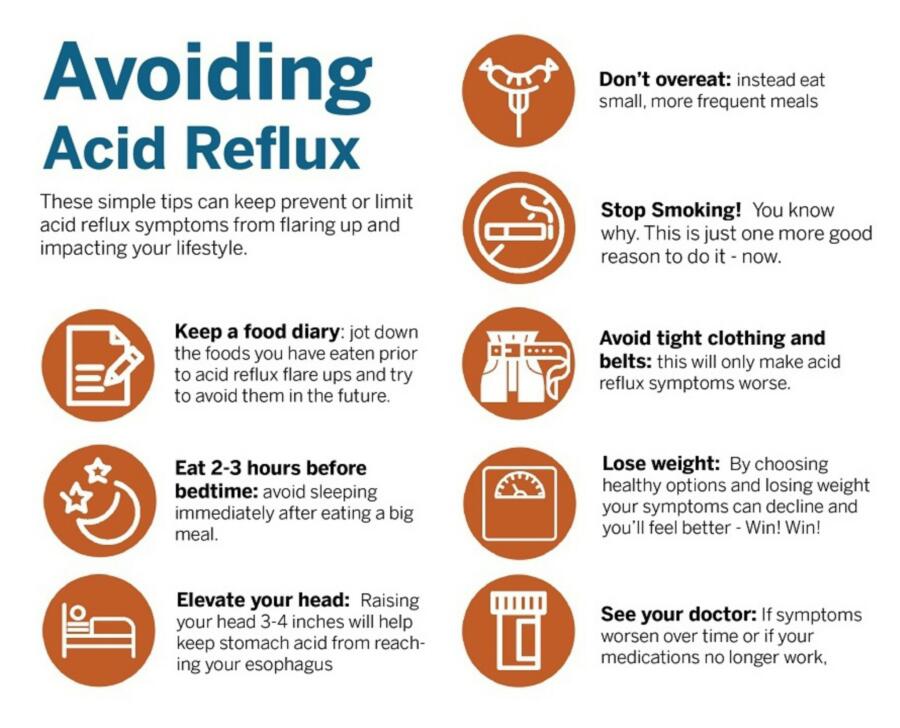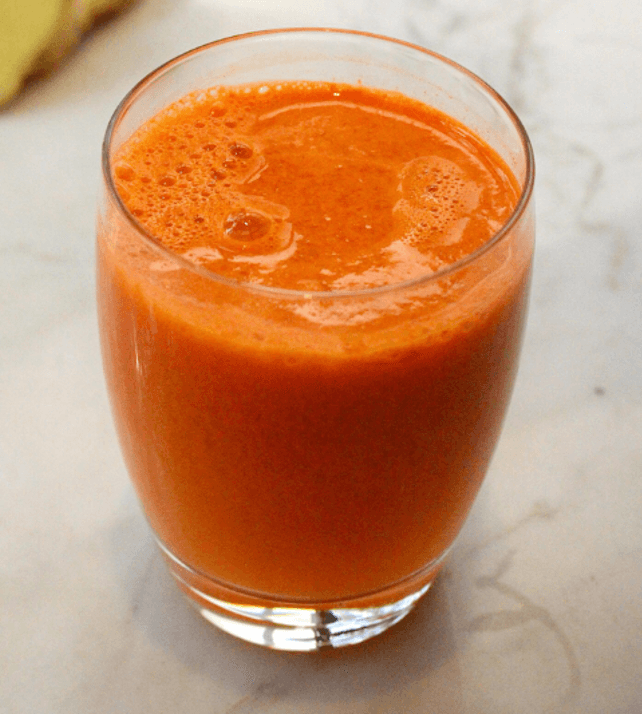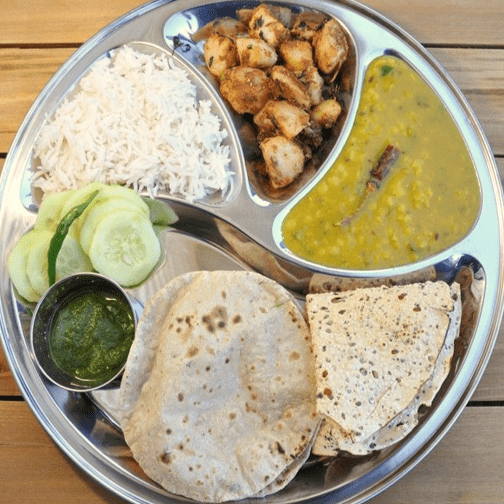Embarking on a journey to manage digestive symptoms can often feel overwhelming, especially when traditional dietary advice clashes with beloved cultural cuisines. For many individuals experiencing conditions like Irritable Bowel Syndrome (IBS), the Low FODMAP diet has emerged as a scientifically-backed strategy to alleviate discomfort. However, integrating this diet into the rich and diverse landscape of Indian cooking presents a unique set of challenges and opportunities. This Low Fodmap guide for an Indian diet is designed to provide a comprehensive, practical, and culturally sensitive approach to adopting a Low FODMAP Indian Diet Plan, helping you find relief without sacrificing flavor or tradition.

Understanding the Low FODMAP guide for an Indian Diet
The Low FODMAP diet focuses on restricting certain types of carbohydrates—Fermentable Oligosaccharides, Disaccharides, Monosaccharides, and Polyols—that are poorly absorbed in the small intestine and can ferment in the colon, leading to gas, bloating, pain, and altered bowel habits in sensitive individuals. While the general principles of the Low FODMAP diet are universal, its application to Indian cuisine requires specific knowledge of common ingredients and preparation methods. Many staples of Indian cooking, such as onions, garlic, certain legumes, and specific spices, are high in FODMAPs, necessitating careful substitutions and modifications to create a truly gut-friendly meal plan.
What are FODMAPs and Why Do They Matter for Gut Health?
FODMAPs are short-chain carbohydrates that can be difficult for some people to digest. When these carbohydrates reach the large intestine, they can draw water into the bowel and be rapidly fermented by gut bacteria, leading to the common symptoms associated with IBS. Understanding which foods contain high levels of these specific carbohydrates is the first step in managing digestive discomfort. For a deeper dive into how this diet can specifically help with IBS, you can read our detailed article on the relevance of the Low FODMAP diet for IBS.
- FODMAPs include Fructose, Lactose, Fructans, Galactooligosaccharides (GOS), and Polyols.
- These compounds can trigger symptoms like bloating, gas, abdominal pain, diarrhea, and constipation.
- The diet aims to reduce the intake of these fermentable carbohydrates to alleviate digestive distress.
Key High FODMAP Indian Ingredients to Watch Out For
Many traditional Indian ingredients are naturally high in FODMAPs, making the initial transition to a Low FODMAP Indian Diet Plan challenging. Common culprits include garlic and onions, which form the aromatic base of most curries and dals. Other ingredients to be mindful of are certain legumes like kidney beans (rajma) and chickpeas (chole) in large quantities, as well as wheat-based products like roti and naan, and some dairy products if lactose intolerant. Identifying these and finding suitable alternatives is crucial for success.
- Garlic and Onions: Found in most Indian gravies and stir-fries.
- Certain Legumes: Chole, rajma, and sometimes even moong dal in large portions.
- Wheat Products: Roti, naan, paratha, which contain fructans.
- Dairy: Milk, paneer, yogurt (if not lactose-free).
- Specific Vegetables: Cauliflower, mushrooms, asparagus, green peas.
Low FODMAP Indian Ingredients: Your Go-To List
Fortunately, the vast array of Indian ingredients also offers a wealth of delicious low FODMAP options that can form the foundation of your diet. Rice, a staple, is naturally low in FODMAPs, as are many lean proteins like chicken, fish, and certain pulses such as split moong dal and masoor dal when consumed in moderate portions. A variety of vegetables like spinach, carrots, potatoes, and bell peppers are also safe. Furthermore, fresh herbs and specific spices can add incredible flavor without triggering symptoms, allowing for vibrant and satisfying meals.
- Grains: Rice (basmati, sona masoori), quinoa, millet.
- Proteins: Chicken, fish, eggs, firm tofu (drained), specific dals (moong dal, masoor dal in moderate amounts).
- Vegetables: Spinach, carrots, potatoes, bell peppers, eggplant, zucchini, green beans.
- Fruits: Bananas, oranges, grapes, strawberries, blueberries.
- Fats: Ghee, coconut oil, olive oil.
- Herbs & Spices: Ginger, turmeric, cumin, coriander, fenugreek, mustard seeds, asafoetida (hing) in oil, curry leaves.
Phases of the Low FODMAP Indian Diet Plan
The Low FODMAP diet is not meant to be a permanent restriction but rather a diagnostic tool to identify individual trigger foods. It typically involves three phases: Elimination, Reintroduction, and Personalization. Each phase is critical for successfully managing symptoms and developing a sustainable eating pattern that works for your body while still honoring Indian culinary traditions. Approaching these phases systematically with a focus on Indian ingredients will maximize your chances of success.
Phase 1: Elimination – An Indian Approach
During the elimination phase, all high FODMAP foods are strictly removed from the diet for a period of 2-6 weeks. The goal here is to reduce digestive symptoms to a manageable level. In an Indian context, this means creatively replacing high FODMAP staples. For example, instead of a traditional onion-garlic masala, you might use ginger, green chilies, and asafoetida dissolved in hot oil to infuse flavor. This phase requires meticulous meal planning and label reading, but it’s essential for achieving symptom relief and preparing for the next step. It’s crucial to consult a dietitian during this phase to ensure nutritional adequacy and proper guidance.
- Strictly remove all high FODMAP ingredients for 2-6 weeks.
- Focus on low FODMAP alternatives for Indian staples.
- Example: Use ginger, chilies, and asafoetida (hing, dissolved in hot oil) instead of onion and garlic.
- Monitor symptoms closely to establish a baseline of relief.
Phase 2: Reintroduction – Systematically Testing Indian Foods
Once symptoms have improved during the elimination phase, the reintroduction phase begins. This is where you systematically reintroduce individual high FODMAP food groups, one at a time, to identify which ones trigger your symptoms and what quantities you can tolerate. For Indian cuisine, this might involve testing a small amount of onion, then garlic, then a specific dal, over several days, observing your body’s reaction. This phase is crucial for expanding your dietary variety and preventing unnecessary long-term restrictions. It helps you understand your personal triggers. Remember, not everyone reacts to all FODMAPs, and tolerance levels can vary greatly.
- Introduce one FODMAP group at a time over several days.
- Start with small portions and gradually increase, monitoring symptoms.
- Example: Test a small amount of cooked onion one day, wait 2-3 days, then test garlic.
- Record reactions diligently to identify personal triggers and tolerance levels.
Phase 3: Personalization – Building a Sustainable Low FODMAP Indian Diet
The personalization phase is about creating a long-term, sustainable eating plan based on your individual tolerance levels identified during reintroduction. This means incorporating as many moderate and high FODMAP foods as you can tolerate without experiencing symptoms, while still maintaining symptom control. For an Indian diet, this could mean enjoying small portions of your favorite dal, using a controlled amount of onion in a curry, or opting for lactose-free dairy. This phase ensures that the diet remains enjoyable, nutritionally balanced, and culturally appropriate for the long run. It’s about finding a balance that supports both your gut health and your quality of life.
- Integrate tolerated FODMAPs back into your diet.
- Focus on maintaining symptom control while enjoying a varied diet.
- Prioritize whole, unprocessed Indian ingredients that you know are safe.
- This phase is about flexibility and making the diet work for your lifestyle.
Practical Tips for a Low FODMAP Indian Kitchen
Successfully navigating a Low FODMAP Indian Diet Plan requires more than just knowing what to eat; it involves smart cooking techniques, ingredient substitutions, and mindful preparation. Transforming traditional Indian recipes to be gut-friendly is entirely achievable with a few clever strategies. By adapting your cooking methods and stocking your pantry with the right alternatives, you can continue to enjoy the rich flavors of Indian cuisine without compromise. These practical tips will help you manage your kitchen with confidence.
Ingredient Swaps and Substitutions
One of the most effective ways to make Indian dishes low FODMAP is through intelligent ingredient swaps. For the ubiquitous onion and garlic, consider infusing oils with their flavor by frying them briefly and then removing them, or using garlic-infused oil. Asafoetida (hing), often dissolved in oil, can provide a pungent flavor similar to onions and garlic. Replace wheat-based rotis with gluten-free alternatives made from rice flour, jowar (sorghum), or bajra (pearl millet). Lactose-free milk or coconut milk can substitute for dairy in gravies. Explore new vegetables and safe lentils like split moong dal and masoor dal (in moderate quantities).
- Onion/Garlic: Use garlic-infused oil or asafoetida (hing) in small amounts, dissolved in hot oil.
- Grains: Opt for rice flour, jowar, or bajra for flatbreads instead of wheat.
- Dairy: Choose lactose-free milk, coconut milk, or plant-based yogurts.
- Legumes: Focus on split moong dal and masoor dal in controlled portions.
Flavor Without FODMAPs: Spices and Herbs
Indian cuisine is renowned for its vibrant use of spices, and happily, most whole spices are low FODMAP. This means you don’t have to compromise on flavor! Stock up on staples like turmeric, cumin powder, coriander powder, mustard seeds, fenugreek seeds, and curry leaves. Fresh ginger and green chilies are also excellent for adding a kick. Be cautious with spice blends that might contain onion or garlic powder; always check labels. Experiment with different combinations to create deep, complex flavors that satisfy your palate without triggering symptoms. This allows you to truly embrace the essence of Indian cooking.
- Embrace whole spices: Turmeric, cumin, coriander, mustard seeds, fenugreek.
- Fresh additions: Ginger and green chilies are low FODMAP flavor boosters.
- Check labels: Avoid pre-made spice blends that may contain onion or garlic powder.
- Herbs: Fresh curry leaves, mint, and coriander are safe and add freshness.
Cooking Methods to Minimize FODMAPs
Beyond ingredient choices, how you cook can also impact the FODMAP content of your meal. For instance, simmering certain dals for longer periods can sometimes help break down some of the problematic carbohydrates, though this isn’t a universal rule. Using smaller quantities of high FODMAP ingredients in a dish can sometimes be tolerated. Additionally, preparing dishes from scratch gives you complete control over ingredients, ensuring no hidden FODMAPs. Pressure cooking can also be beneficial for some legumes, helping to break down indigestible fibers. Always drain and rinse canned legumes thoroughly to reduce FODMAP content. Frying onions and garlic in oil and then straining them out can impart flavor without the FODMAPs.
- Cook from scratch to control all ingredients.
- Drain and rinse canned legumes thoroughly.
- Infuse oils with garlic/onion and then remove the solids.
- Experiment with pressure cooking for certain dals.
Living with a Low FODMAP Indian Diet: Beyond the Kitchen
Adopting a Low FODMAP Indian Diet Plan extends beyond just what you cook at home; it involves navigating social situations, eating out, and maintaining a positive mindset. Consistency and proactive planning are key to making this dietary approach a sustainable part of your lifestyle. Understanding how to manage these external factors will greatly contribute to your success and overall well-being. It’s about empowering yourself to make informed choices wherever you are, ensuring your gut health journey remains on track.
Eating Out and Social Gatherings
Dining out or attending social gatherings with an Indian Low FODMAP diet can be tricky, but it’s not impossible. Communication is crucial. When eating at an Indian restaurant, politely explain your dietary needs: “No onion, no garlic.” Opt for simple dishes like plain rice, grilled chicken or fish, or dal made without onion/garlic (ask specifically for a “plain dal” or “hospital dal”). At social events, you might offer to bring a low FODMAP dish to share, or eat a small meal beforehand to avoid hunger pangs. Focus on the social aspect and try not to let dietary restrictions overshadow the experience. Planning ahead is your best strategy for managing these situations gracefully.
- Communicate clearly with restaurant staff: “No onion, no garlic.”
- Choose simple, naturally low FODMAP options like plain rice, grilled proteins.
- Consider bringing your own low FODMAP dish to potlucks.
- Eat a small, safe meal before attending social events if unsure of food options.
The Role of Support and Professional Guidance
Navigating a Low FODMAP Indian Diet Plan is a complex journey, and professional guidance can be invaluable. A registered dietitian, especially one familiar with both the Low FODMAP protocol and Indian cuisine, can provide personalized advice, help you interpret food reactions, and ensure nutritional adequacy. They can also help you understand the broader implications for your gut health, including the relationship between diet and your gut microbiota. While the Low FODMAP diet is effective for many, it’s not without its potential risks if not managed correctly, particularly concerning nutrient deficiencies and changes to gut flora. Seeking support from communities or online forums can also provide encouragement and practical tips.
- Consult a registered dietitian specializing in IBS and Low FODMAP.
- A dietitian can provide personalized guidance, especially for cultural adaptations.
- Professional help ensures nutritional adequacy and helps interpret reactions.
- Support groups and online communities offer valuable practical advice and encouragement.
Understanding Your Microbiota and Low FODMAP
The relationship between your diet and your gut microbiota is profound. The Low FODMAP diet, by reducing fermentable carbohydrates, can temporarily alter the composition of your gut bacteria. While this change is often associated with symptom relief, it’s why the diet is not intended to be a long-term solution. Reintroduction is crucial to bring back a diverse range of fibers that feed beneficial gut bacteria. Understanding this delicate balance is key to long-term gut health. To learn more about this intricate connection, explore our article on what is microbiota and its link with a Low FODMAP diet.
- Low FODMAP diet can temporarily reduce gut microbial diversity.
- Reintroduction helps reintroduce diverse fibers to support beneficial bacteria.
- Long-term gut health relies on a balanced and diverse microbiota.
- Working with a professional helps ensure your diet supports your gut ecosystem.
Key Takeaways and Next Steps for Your Journey
Embarking on a Low FODMAP Indian Diet Plan is a significant step towards managing your digestive health and improving your quality of life. Remember, this diet is a tool to identify your personal triggers, not a permanent restriction of all FODMAP-containing foods. The goal is to reintroduce as many foods as possible while maintaining symptom control, allowing you to enjoy a varied, flavorful, and culturally relevant Indian diet. Patience, careful planning, and professional guidance are your allies in this journey. For a comprehensive summary of the essential lessons from this approach, refer to our article on Low FODMAP key takeaways and considerations.
When to Consider Alternatives to a Low FODMAP Diet
While the Low FODMAP diet is highly effective for many with IBS, it’s not the only solution, nor is it suitable for everyone. If you find the diet too restrictive, are not experiencing sufficient symptom relief, or have other underlying health conditions, it might be worth exploring alternative approaches. There are other dietary and lifestyle modifications that can help manage digestive symptoms, and discussing these options with your healthcare provider is important. Understanding other possibilities ensures you find the most suitable and sustainable path for your health. To explore different strategies, read about what are some alternatives to a Low FODMAP diet.
- Consider alternatives if symptoms persist, the diet is too restrictive, or you face nutritional challenges.
- Discuss other dietary and lifestyle modifications with a healthcare professional.
- Examples of alternatives include specific carbohydrate diet, gluten-free diet, or stress management techniques.
- Personalized approaches are key to finding effective and sustainable solutions for digestive health.
Embracing a Sustainable and Enjoyable Indian Diet
The ultimate goal of this journey is to achieve long-term digestive comfort without sacrificing the joy of eating Indian food. By carefully identifying your trigger foods and understanding your tolerance levels, you can build a sustainable Low FODMAP Indian Diet Plan that is rich in flavor, nutritionally balanced, and culturally appropriate. This isn’t about deprivation, but about empowerment—learning to listen to your body and make choices that support your well-being. With the right strategies and support, you can savor every meal and live a life free from constant digestive distress, celebrating the diverse culinary heritage of India.
- Focus on sustainable eating habits tailored to your unique body.
- Embrace the richness of Indian spices and low FODMAP ingredients.
- Maintain a positive relationship with food, viewing it as nourishment and enjoyment.
- Celebrate small victories and adapt your plan as your body and knowledge evolve.
Try the Candor app, which lets you log meals, symptoms, and habits with your voice — and instantly generates insights based on your data. Download on the App Store / Google Play.
This information is for educational purposes. Consult a registered dietitian or gastroenterologist before making significant dietary changes. These other resources could be helpful.

